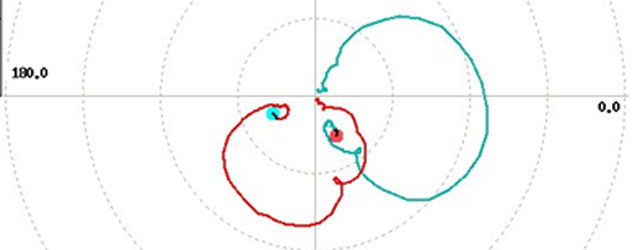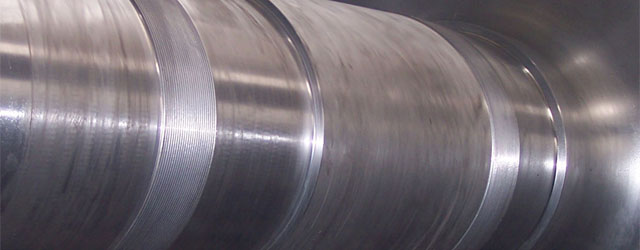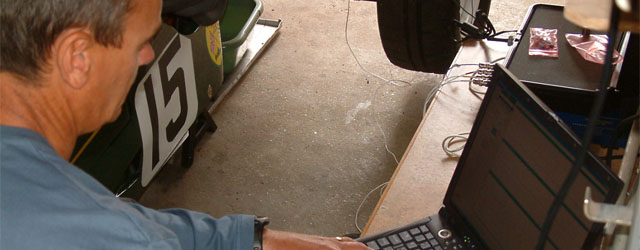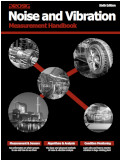Measure Vibration – Should we use Acceleration, Velocity or Displacement?
When using vibration data, especially in conjunction with modelling systems, the measured data is often needed as an acceleration, as a velocity and as a displacement. Sometimes different analysis groups require the measured signals in a different form. Clearly, it is impractical to measure all three at once even if we could. Physically it is nigh on impossible to put three different types of transducer in the same place.








